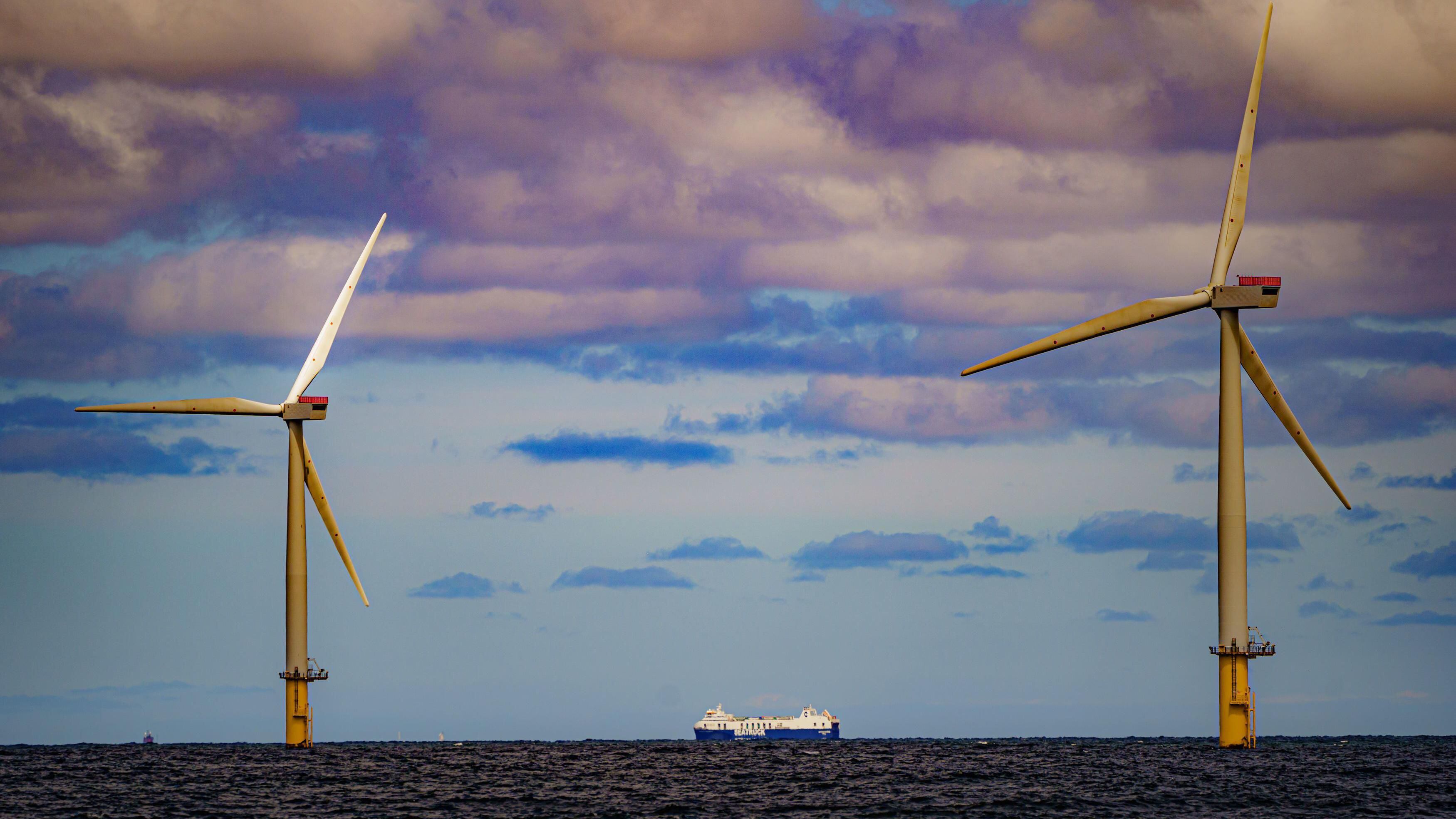It is a megastructure that actually has something artisanal about it. The Viking Link is the longest land and sea electrical cable between countries in the world.
LOOK: How much does Bill Gates earn per day and how does he invest his fortune?
Its more than 765 kilometers transport electricity across the seabed from Denmark to the United Kingdom and vice versa, in an engineering feat that overcame many challenges.
Above all because The North Sea is probably one of the shallowest seas and that means that protection measures against possible damage or sabotage have had to be taken to the extreme.
This cable, which weighs about 40 kg per meter – three times more than a gold bar – It will operate at full capacity at the end of this month and will transport the energy produced in the wind farms of both countries.
“Simply put, when Denmark has a power shortage and the UK has a lot of wind, We press a switch and the power changes direction from an area that has too much electricity to another that needs it,” Rebecca Sedler, general director of the interconnector business of the National Grid company, explains to the BBC.
The last section of the link was completed in July offshore, with a cable-laying ship named Leonardo da Vinci.
The operation involved lifting sections of cables out of the water and skillfully join them on the boat.
Both Denmark and the United Kingdom have set a goal of consuming only carbon-free electricity by 2030 and 2035.
As is the case in many other countries, at the moment in the United Kingdom the demand cannot be covered with renewable energy from wind, solar or biomass, in addition to nuclear, and that is why the country is forced to burn gas.

And the problem of renewable energy is that it cannot be stored from a sunny day to a cloudy one or from a very windy day to a calmer one.
This cable is used for channel and distribute energy where it is needed.
Denmark has set a goal of reducing greenhouse gas emissions by 70% by 2030 and began investing heavily in wind energy in the 1970s.
Superhighway
The Viking Link is actually an electric superhighway that crosses the North Sea.
Its construction began in 2019 and so far more than three million hours of work have been invested in planning and construction. The electric cable It is made of copper, steel, paper and plastic, and is buried in the seabed.
The cost of the project amounts to US$2.3 billion. One advantage, experts say, is the time difference between the two countries that causes peaks in energy use to occur at different times.
And while it’s impressive, the Viking Link will be the longest in its class probably for a short time.
The planned Australia-Asia Power Link will connect Darwin, Australia’s northernmost capital. Australia, with Indonesia and Singaporewith a total length of 4,200 kilometers.
kilometer cables
The oceans are full of underwater telecommunications cables that cross them. It is estimated that there are more than one million kilometers of cables installed throughout the planet.
In September 2017, Microsoft, Facebook and the global telecommunications infrastructure company Telxius completed the Marea submarine cable, which crosses the Atlantic Ocean at more than 5,000 meters deep, connecting Virginia Beach, in the USA, with Bilbao, in Spain.
The cables are laid with specialized ships that slowly deploy enormous coils that are dropped to the bottom of the ocean.
The peculiarity of the Viking is precisely that it transports energy.

TeleGeography, an American telecommunications consultancy, created the Submarine Cable Map portal, an interactive map of all the submarine cables deployed in the world with data on the companies that own them such as Google, Facebook, Amazon, Verizon or AT&T.
There are more than 400 submarine cables that run 1.3 million km around the world.
It can be seen from the map that a key highway is located in the Atlantic Ocean, connecting Europe and North America.
The great highway in the Pacific, on the other hand, links the United States with Japan, China and other Asian countries.
From Miami, several cables reach Central and South America.
In the case of Mexico, for example, most of the cables start from the east of the country and cross the Gulf of Mexico to Florida and from there connect with Central and South America.

Source: Elcomercio
I have worked in the news industry for over 10 years. I have a vast amount of experience in writing and reporting. I have also worked as an author for a number of years, writing about technology and other topics.
I am a highly skilled and experienced journalist, with a keen eye for detail. I am also an excellent communicator, with superb writing skills. I am passionate about technology and its impact on our world. I am also very interested in current affairs and the latest news stories.
I am a hardworking and dedicated professional, who always strives to produce the best possible work. I am also a team player, who is always willing to help out others.

:quality(75)/cloudfront-us-east-1.images.arcpublishing.com/elcomercio/LFY4A4Y2YFDYNCDT3ERBVSOHZU.jpg)

:quality(75)/cloudfront-us-east-1.images.arcpublishing.com/elcomercio/YNJJ5KXGSVGN5I6A7KZ4XGPHTI.png)

:quality(75)/cloudfront-us-east-1.images.arcpublishing.com/elcomercio/6G5XL2QU4FHDFH3F7T2PKBLRM4.jpg)
:quality(75)/cloudfront-us-east-1.images.arcpublishing.com/elcomercio/LSB5ARIACJHBTHCPH7M5NFF7ME.jpg)
